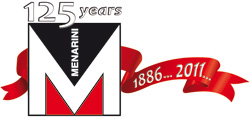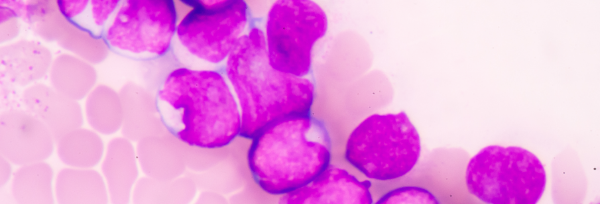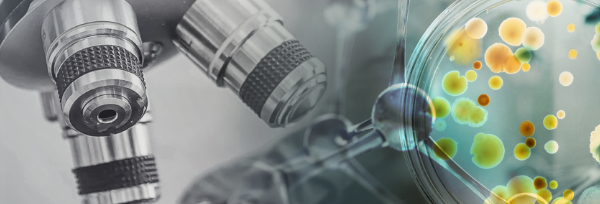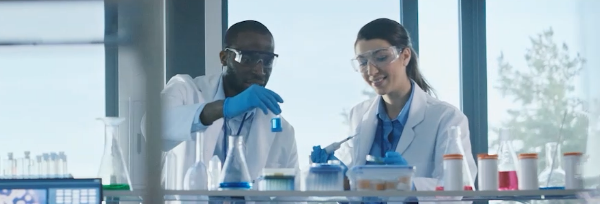Menarini research: today’s value, tomorrow’s challenges

Florence, 24 February 2011
PRESS RELEASE
A prestigious convention in Florence to celebrate Menarini’s 125th anniversary
A prestigious convention in Florence to celebrate Menarini’s 125th anniversary
Retracing more than a century of history with a tangible overview of the future:
the goals of the research on nitric oxide,
focus on the Mimosa Study for the prevention of ovarian cancer relapses,
the new frontiers of Menarini Research.
Distinguished speakers included Louis J. Ignarro,
Nobel Prize for Medicine and Physiology
Florence, 24 February 2011 – The convention ‘Menarini research: today’s value, tomorrow’s challenges’ was held in Florence today to celebrate the 125 years of history and research of Italy’s leading pharmaceutical group.
The Salone dei Cinquecento in Palazzo Vecchio was the splendid backdrop to this event and the welcoming speech was given by the Mayor of Florence, Matteo Renzi.
Backed by the participation of prominent names from the world of medicine and research, the Menarini Group today retraced its 125 year-old history, with a presentation of its projects still underway and previews of future projects that will involve the investment of significant resources.
A Special guest was Louis J. Ignarro, Nobel Prize for Medicine and Physiology as a result of his discovery of the action mechanism of nitric oxide, who illustrated his contribution to Menarini research and the course of his studies and research for which he was awarded the highest recognition in the field of science.
Ignarro has made a significant contribution to the research on the action mechanism via which the beta-blocker developed in Europe by Menarini, Nebivolol, prevents and delays the progression of heart disease.
The numerous trials conducted over the years and the demonstration that nitric oxide is a ubiquitous factor that plays an important role in regulating many cellular functions, as well as protecting tissues and organs, have also made it possible to shed light on the origin of a number of diseases."Recent research" claimed the Nobel Prize Laureate, "has shown how nitric oxide also acts as a modulator of functions of the central nervous systems, and even of diabetes and asthma".
According to Ignarro the discovery of the multiple effects of nitric oxide represents the birth of a new personal scientific evolution. In fact, his work has been devoted to analysing the role of the ‘nitric oxide system’ in ischemic disorders and oxidative stress, ageing, tissue regeneration and multi-organ dysfunctions.
Today there are potential drugs which, by interfering with nitric oxide, are able to favourably modify many diseases in a number of body regions. "Finally", added Ignarro, "by understanding the enormous importance of the ‘nitric oxide’ mediator in so many pathological conditions, it now easier to develop drugs with more selective action mechanisms and fewer side effects".
Jonathan S. Berek, Director of the Department of Obstetrics and Gynaecology, Stanford Women’s Cancer Centre of the Stanford University School of Medicine, as well as international coordinator for Menarini’s Mimosa Study, explained how this project will bring a significant improvement to the prognosis and survival of patients suffering from ovarian cancer relapse.
After outlining the medical conditions of this disease, Berek spoke about the innovative aspects of the immunological approach and potential of the therapeutic vaccine Abagovomab."Abagovomab", explained Berek, "is a monoclonal antibody that acts like a therapeutic vaccine to be administered during the so-called "disease-free period" (that is, the time elapsing between complete response to the first treatment and the relapsing of the disease), in the aim of delaying, and even preventing, relapsing of the cancer, due to the fact that it activates an immune response in the patient towards any residual cancer cells that could otherwise give rise to a relapse".
Initiated in 2006, the Mimosa Study has recruited almost 900 patients in Europe and USA, and is the largest clinical trial so far to be conducted with immunotherapy for ovarian cancer. The results are expected to be obtained in the latter half of 2011 and if positive, will lead to its approval for marketing in Europe and USA in 2012.
The various figures of the Mimosa Study are very significant: 152 centres of excellence throughout 9 European countries and the US, more than 17,000 treatments administered, almost 20,000 follow-up visits for patients for 48 consecutive months, over 6 million data collected which will enable a thorough analysis of the safety and effectiveness of the vaccinations with Abagovomab.However the Mimosa Study does not stop here: after assessing the benefits on relapsing of this disease, there will be a long-term follow-up for another 5 years with more than 10,000 visits, to also evaluate the benefits on life expectancy.
"Thanks to our collaboration with Menarini research", stated Domenico Regoli of the Department of Clinical and Experimental Medicine of the University of Ferrara, "we have been able to channel our industrial research efforts towards perfecting neuropeptide antagonists and we are now beginning to see numerous possibilities for therapeutic applications".
"This course of scientific research", continued Regoli, "is now giving its first applicative fruits with the clinical development of 3 original molecules of Menarini research that are currently in Phase II, namely, Nepadutant, for treating infantile colic, Ibodutant for treating IBS, and Fasitibant for treating osteoarthritis".
These three pathologies have significant repercussions in Italy and the rest of the world: with regard to infantile colic, 10-30% of children suffer from it during the first three months of life; approximately 5% of the population in Italy suffer from IBS (identical incidence in men and women); and it is estimated that 9.6% of men and 18% of women over 60 suffer from osteoarthritis throughout the world.
Carlo Alberto Maggi – Director of R&D, presented the impressive figures regarding the current and future research projects of the Menarini Group. "To date", declared Maggi, "approximately 25,000 patients have been enrolled in pivotal clinical trials since 1992; just on 3,200 are patent applications (273 priority) lodged since 1980; 6 ‘New Chemical Entities’ have been registered at a European level since 1997; 8 products have entered Phase III of Clinical Trials, and 17 products have entered Phase 1-II of Clinical Trials since 1992".
The presence of numerous distinguished guests at the convention ‘Menarini research: today’s value, tomorrow’s challenges’, has made this an exciting moment for everyone working in the medical and pharmaceutical research fields, and a unique occasion for celebrating the 125th anniversary of Italy’s leading pharmaceutical group, with an overview of the future. In fact, it is from here that we are moving on to address new and important research challenges that will reap equally as important results. Basic research requires creativity, applied research entails enormous investments especially for the clinical part, and marketing calls for a modern, multinational industrial setup. Right from the start, Menarini has always known how to make this virtuous circle come true.























